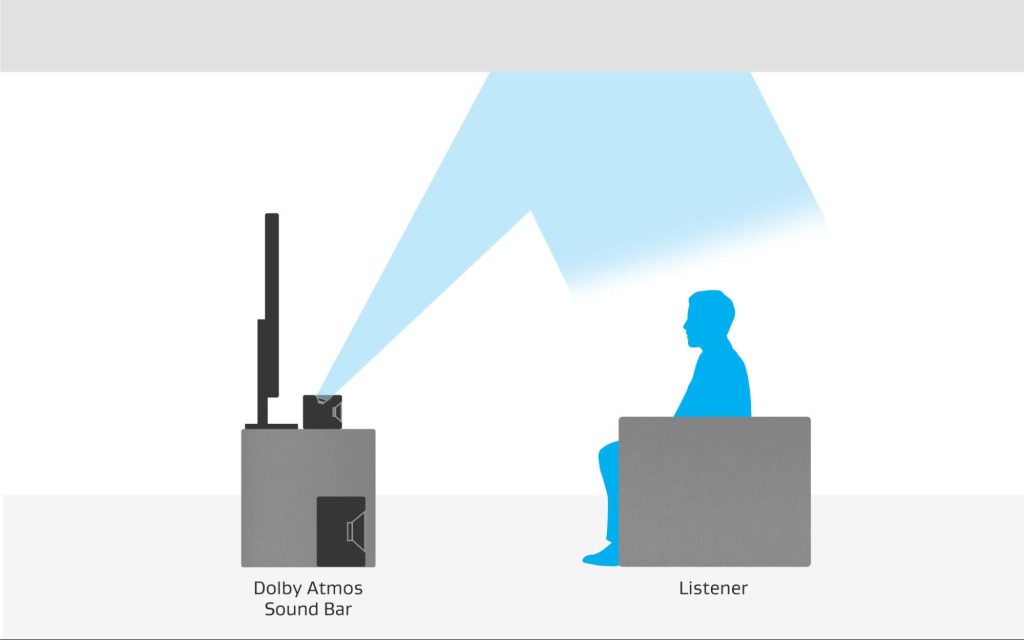The age of Dolby Atmos is here. Immersive audio and lossless audio files are demanded by the consumer now, and in the same way that high definition televisions became the norm a few years ago, high fidelity music is suddenly everywhere. Even your phone might have the capability of playing spatial audio.
If you’re experiencing immersive audio for the first time, you’re likely to be wowed. It should be an assault on the senses...in a good way. However, a lot of songs have been converted to Atmos mixes since Apple, and other streaming platforms, introduced the option for spatial audio. Trust us, there are some bad mixes out there. How do you spot them? What makes a terrible Atmos Mix?
You Can’t Tell Any Difference
Some blind tests have suggested that around 98% of people can’t tell the difference when listening to a song in a lossy or lossless format. That’s astounding.
With Atmos, you should definitely be able to tell the difference, especially if you're not limited by the equipment you’re listening on. A decent pair of headphones or a Dolby Atmos soundbar is enough to experience the new audio.

On your phone, you might not tell much difference, but with a decent audio setup you absolutely should. If you’re left wondering, “What’s so spatial about this?” then the mix has not done its job. Atmos gives a 3D canvas, and this should hit you when you listen to an album.
Things Have Gone Missing
A lot of Dolby Atmos mixes are songs we already know, as songs or albums are converted from the original recordings and turned into immersive mixes.
It’s tough when you have that frame of reference anyway, but a good Atmos mix will keep the core element there. Though we hate to single out one song, the recent Atmos mix of “Buddy Holly” by Weezer is an example of a track that sounds too different from the original.
The guitars that drive the track suddenly don’t seem so prominent. This means the mix could definitely be more balanced, and when you’re used to hearing them so clearly then you might even yearn for the days of stereo.
It’s easy to spend too much time considering what you can add in all that space, and not enough time on the hooks of the track.
Instruments (or Vocals) Sound Lifeless
This is one of the more abstract criticisms. It’s hard to put a finger on sometimes, but instruments can lose their way and suddenly feel a little less vibrant as they compete to stand out from the spatial mix. This is a delicate balance that mix engineers have to strike.
We’d describe this sort of mix as like a painting that has some pretty colors, but nothing draws your eye.
All That Extra Space is Not Utilized
Recognizing this can take a bit of time. The more great Atmos mixes you enjoy, the more you realize that the common theme is space in the mix. While all instrumentation, ambient noise and percussion should have its own place in the mix, the full canvas should be used to give you the extra punch and enjoyment that the technology brings. That’s the whole point.
You wouldn’t want a stereo mix with every instrument mixed straight down the middle. Over time, your ears adjust to what a good spatial mix really sounds like.

